Introduction
Lighting isn’t just a basic necessity; it’s an essential aspect of interior design that can transform your living space entirely. Whether you’re an interior design enthusiast or a homeowner looking to spruce up your home, understanding the role of lighting can elevate your design game. In this post, we’ll uncover expert insights and practical tips on how to use lighting effectively in your home.
The Fundamentals of Lighting in Interior Spaces
Ambient Lighting
Ambient lighting, also known as general lighting, provides overall illumination for a room. It ensures that you can see and move around safely. Think of it as the base layer of your lighting design. Ceiling-mounted fixtures, chandeliers, and recessed lights are common sources of ambient lighting.
Consider a living room with a central chandelier. This fixture not only lights up the entire space but also adds a touch of elegance. In modern homes, recessed lights are popular for their sleek, unobtrusive appearance. They provide uniform light and can be dimmed to suit different moods.
Task Lighting
Task lighting focuses on specific areas where activities such as reading, cooking, or working are performed. Desk lamps, under-cabinet lights in the kitchen, and bedside reading lights are examples of task lighting.
Imagine a cosy reading nook with a stylish floor lamp beside your favourite armchair. The focused light allows you to read comfortably without straining your eyes. In the kitchen, under-cabinet lighting illuminates the countertops, making meal prep easier and safer.
Accent Lighting
Accent lighting adds drama and highlights specific features in your room. It’s used to draw attention to artworks, architectural details, or decorative elements. Wall sconces, spotlights, and track lighting are typical choices for accent lighting.
Consider a hallway adorned with family portraits. Adding spotlights above each frame not only highlights the images but also creates a gallery-like atmosphere. In a living room, a pair of wall sconces flanking a fireplace can enhance its visual appeal.
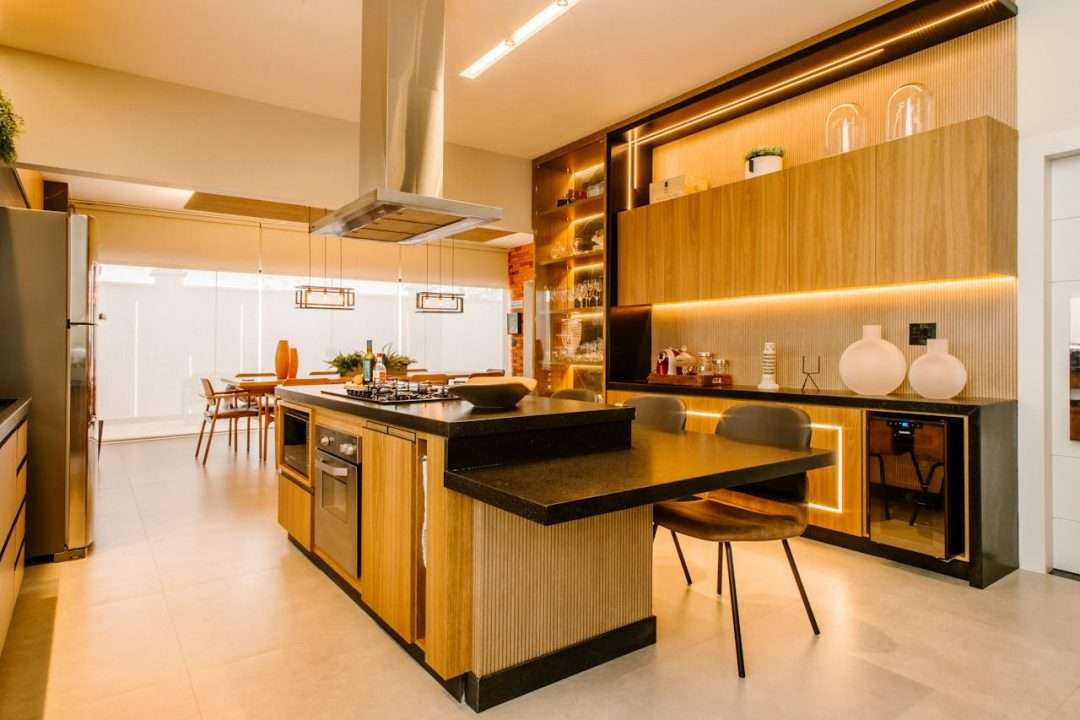
The Impact of Lighting on Mood and Function
Setting the Right Atmosphere
Lighting plays a crucial role in setting the mood of a room. Bright, cool light can make a space feel energised and focused, perfect for workspaces or kitchens. On the other hand, warm, dim light creates a relaxing and cosy ambience, ideal for bedrooms and living rooms.
Think about hosting a dinner party. Dimming the dining room lights and adding candlelight can create an intimate and inviting atmosphere. Conversely, bright, well-lit spaces are more conducive to lively conversations and activities.
Functionality
The functionality of a space is greatly influenced by its lighting. Proper lighting ensures that tasks are performed efficiently and safely. For instance, in a home office, a combination of ambient and task lighting can reduce eye strain and improve productivity.
Consider a bathroom with inadequate lighting. Applying makeup or shaving in poor light can be frustrating. Installing vanity lights on either side of the mirror provides even, shadow-free illumination, making daily routines easier.
Versatility
Different occasions call for different lighting settings. Adjustable lighting options, such as dimmers and smart bulbs, offer versatility. They allow you to change the lighting to suit various activities and moods.
A smart home system can be programmed to change the lighting throughout the day. Morning routines might involve bright, invigorating light, while evening relaxation could be accompanied by soft, warm lighting. This adaptability enhances both the functionality and aesthetics of your home.
Common Lighting Mistakes to Avoid
Overlooking Layered Lighting
One common mistake is relying solely on a single source of light. A well-designed space incorporates ambient, task, and accent lighting to create depth and interest.
Imagine a kitchen with only overhead lighting. This setup can create harsh shadows and uneven illumination. Adding under-cabinet lights and pendant lights above the island creates a layered effect, enhancing both functionality and aesthetics.
Ignoring Dimmers
Neglecting to install dimmer switches is another frequent error. Dimmers offer flexibility, allowing you to adjust the light levels according to your needs and preferences.
Think of a dining room with a chandelier that can only be switched on or off. Installing a dimmer switch provides control over the lighting intensity, making it possible to create different atmospheres for various occasions.
Wrong Bulb Choice
Using the wrong type of bulb can affect both the quality of light and energy efficiency. It’s essential to choose bulbs that match the fixture and the room’s purpose.
Consider a bedroom with overly bright, cool-toned bulbs. This harsh light can disrupt the relaxing ambience. Opting for warm-toned, dimmable LED bulbs creates a more soothing environment, conducive to rest and relaxation.
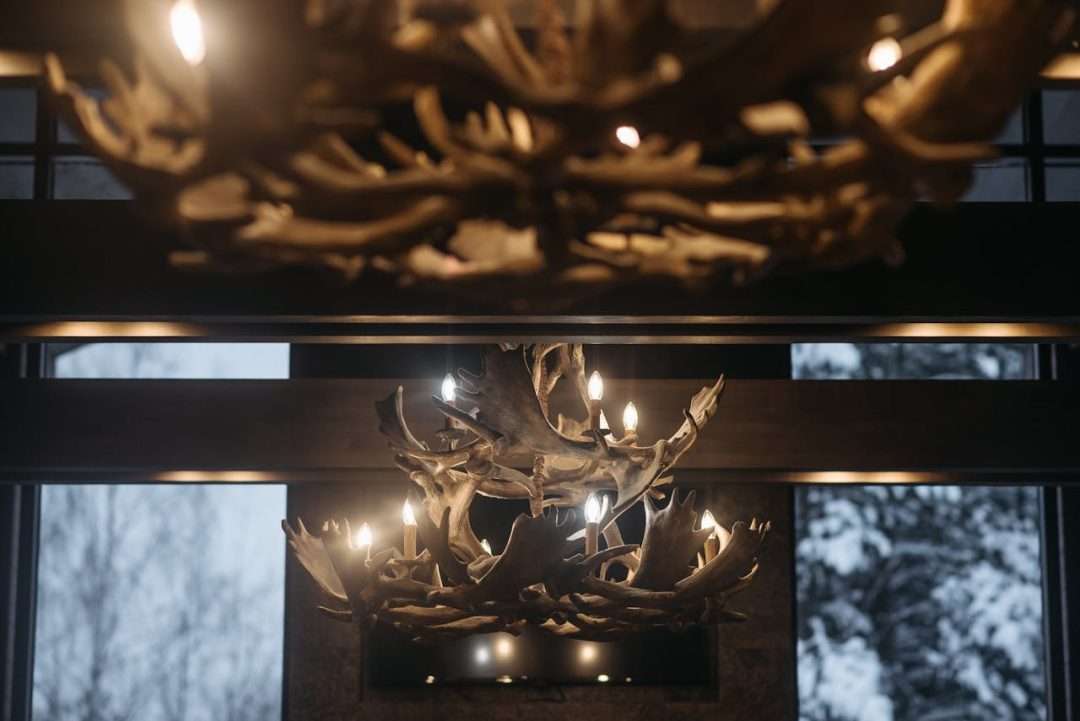
Expert Tips for Effective Lighting Design
Choose the Right Fixtures
Selecting the right fixtures is crucial for both aesthetics and functionality. Consider the style of your home and the purpose of each room when choosing lighting fixtures.
In a modern living room, sleek floor lamps and minimalist pendant lights can complement the decor. For a more traditional setting, ornate chandeliers and classic wall sconces add a touch of elegance.
Mind the Placement
Proper placement of lighting fixtures ensures that the light is distributed evenly and effectively. Think about the activities that will take place in each room and position the lights accordingly.
In a kitchen, placing pendant lights above the island provides focused task lighting, while recessed lights on the ceiling offer general illumination. In a bedroom, wall-mounted reading lights on either side of the bed provide convenient task lighting without taking up space on the nightstand.
Select the Right Bulbs
Choosing the appropriate bulbs is essential for achieving the desired lighting effect. Consider factors such as colour temperature, brightness, and energy efficiency.
For a cosy living room, consider warm-toned LED bulbs with a colour temperature of around 2700K to create a welcoming atmosphere. In your home office, cooler-toned bulbs with a higher colour temperature (around 5000K) can boost focus and productivity. Explore the fantastic selection of lighting options at Thrulight to help transform your spaces.
The Future of Lighting in Interior Design
Smart Lighting
Smart lighting systems are revolutionising the way we light our homes. These systems allow you to control the lighting remotely, set schedules, and customise the light settings to suit your needs.
Imagine arriving home to find the lights already on, welcoming you with a warm glow. With smart bulbs and a mobile app, you can create the perfect ambience with just a few taps on your phone.
Sustainable Lighting
Sustainability is becoming increasingly important in interior design. Energy-efficient lighting options, such as LED bulbs, are not only eco-friendly but also cost-effective in the long run.
Consider replacing traditional incandescent bulbs with LED alternatives. LED bulbs use up to 80% less energy and last significantly longer, reducing both your carbon footprint and energy bills.
Innovative Designs
The future of lighting is also about innovative designs that combine form and function. From sculptural chandeliers to minimalist LED strips, modern lighting fixtures are becoming works of art.
Picture a dining room with a statement chandelier that doubles as a conversation piece. Innovative lighting designs not only illuminate your space but also enhance its visual appeal.
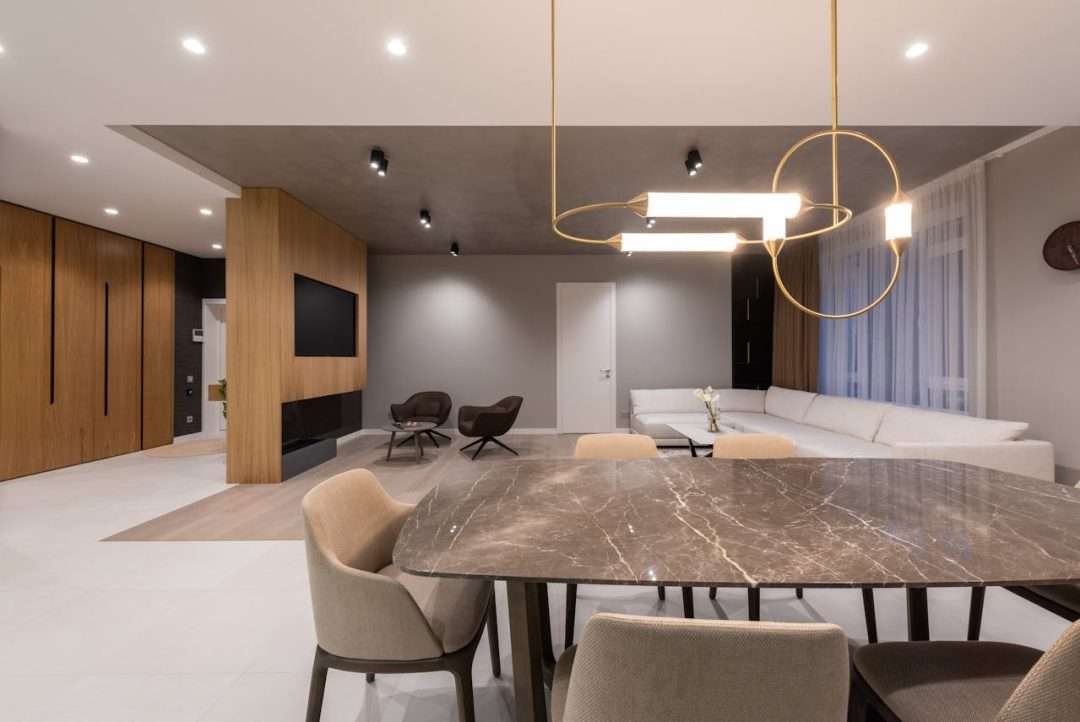
Conclusion
Lighting is a powerful tool in interior design, capable of transforming a space and creating the perfect ambience. By understanding the different types of lighting and their applications, you can enhance both the aesthetics and functionality of your home. Avoid common lighting mistakes, follow expert tips, and stay updated on the latest trends to create a well-lit, inviting space.
Whether you’re an interior design enthusiast or a homeowner, these insights and practical tips will help you make informed decisions about your lighting design. Don’t hesitate to experiment and find the perfect lighting solutions that reflect your personal style and meet your needs.
Incorporating effective lighting strategies not only enhances your home’s aesthetic but also complements natural light; for more insights on this topic, check out our guide on How to Maximise Your Home’s Natural Light.


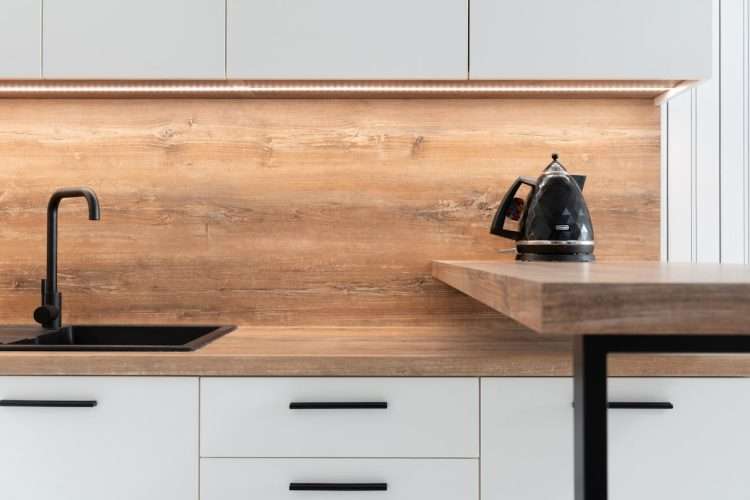
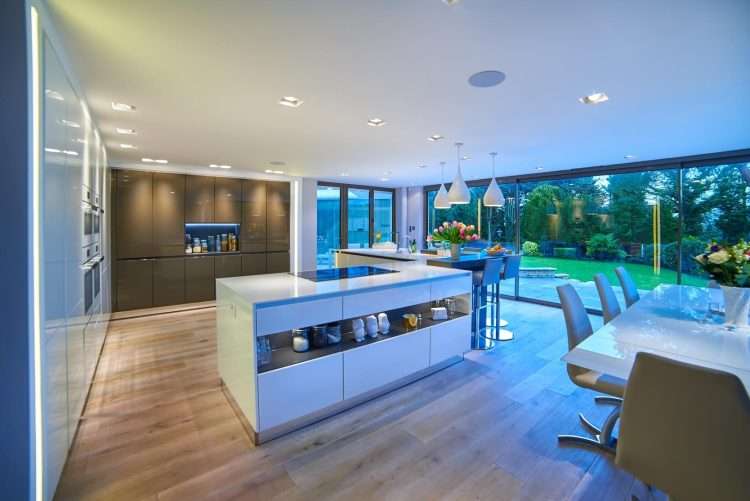
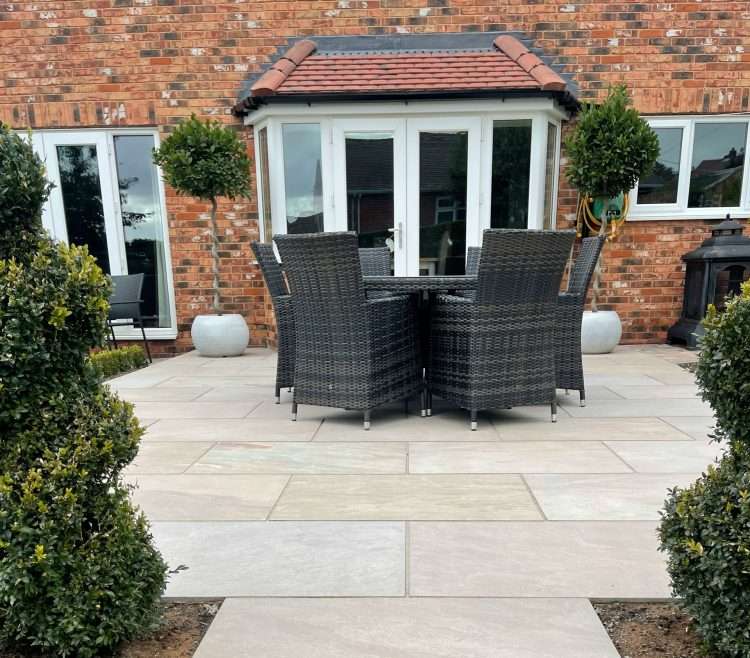
Leave a Reply